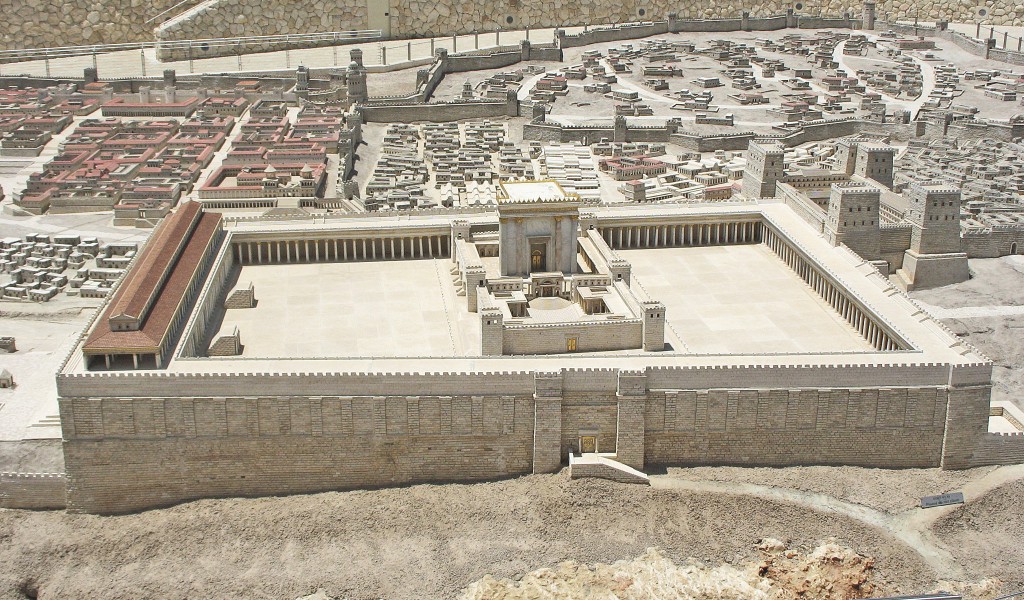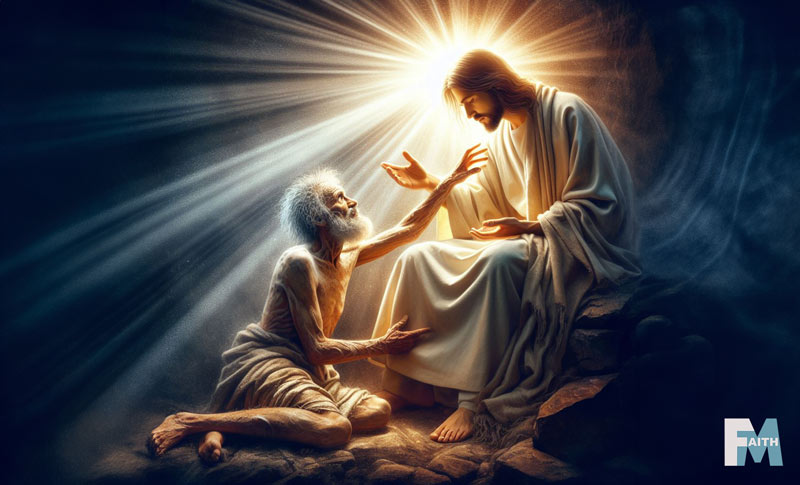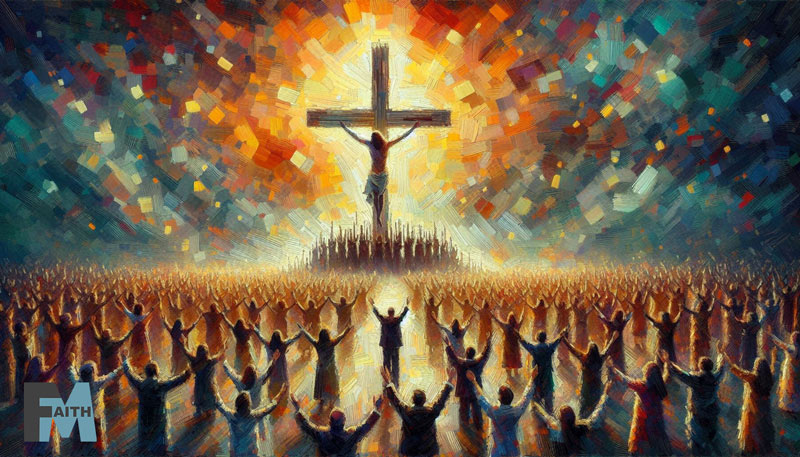This is a 4 part series where we will be exploring the culture and background of the first century world that Yeshua and the early believers lived in. This world was very different from what we have been traditionally taught and by investigating the history, conflicts, politics, religions, and culture of this world, we will be able to better understand our New Testament. We will begin by looking at the intertestamental period (400BC-1BC) as a historical background for the first century, then move into looking at the Greco-Roman culture and its influence on Judaism and on the New Testament culture. Next we will spend two hours investigating the honor and shame culture that existed in all cultures in the first century and finish up this series by looking at each of the major sects in Judaism so that we can better understand who Yeshua was speaking to. Here is a breakdown of the subject of each part of this series:
- Part 1 - Intertestamental Period
- Part 2 - Greco-Roman Culture
- Part 3 - Honor and Shame
- Part 4 - Pharisees, Sadduccees, Essenes, and Other Sects
In those days Mattathias son of John son of Simeon, a priest of the family of Joarib, moved from Jerusalem and settled in Modein. He had five sons, John surnamed Gaddi, Simon called Thassi, Judas called Maccabeus, Eleazar called Avaran, and Jonathan called Apphus. He saw the blasphemies being committed in Judah and Jerusalem, and said, “Alas! Why was I born to see this, the ruin of my people, the ruin of the holy city, and to live there when it was given over to the enemy, the sanctuary given over to aliens? Her temple has become like a person without honor; her glorious vessels have been carried into exile. Her infants have been killed in her streets, her youths by the sword of the foe."
Oops! You don't have access to this content!
You will need Silver level access to watch this teaching.
Alternatively, you can purchase this teaching on DVD or download via the Digital Download store.







Mana points… I just about died laughing. Ryan, these are excellent, I am learning so much.
Ryan, Please explain how it is that the idea of demons and their “works” being Platonic and not Hebraic fits in with the Messiah who seems to be, then, very Platonic in His life. He casts demons out of people, throws them into pigs who jump off a cliff (as your example almost exactly in #1 Audio); he heals people and then in the epistles we see more demons very active….
What’s up with this. Are demons real or mostly an excuse used for bad behavior or wrong choices?
It is hard to say for certain. Certainly from the passages it does appear that Yeshua is clearly casting out real “demons”, whatever that sort of entity may be and there are others where his healing is attributed to having cast a demon out. The question is, what exactly did the disciples understand a demon to be? In Greek culture, “demons” were lesser gods who got the blame for evil occurrences so as not to upset the more powerful gods. Many Christians believe that “demons” are the angels of the satan, and yet these entities are never really described in the Bible.
Regardless of what they are, what we see is important is that Yeshua does not do battle with them, he does not fear them, he simply gives them the command to leave the same as any battlefield commander would order his troops. Also, we do not see Yeshua attributing a person’s bad behavior to demons, Yeshua clearly teaches that we need to repent and change our ways, not line up to have some casting out of demons. These demon episodes are isolated events in the NT.